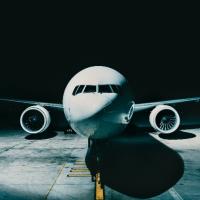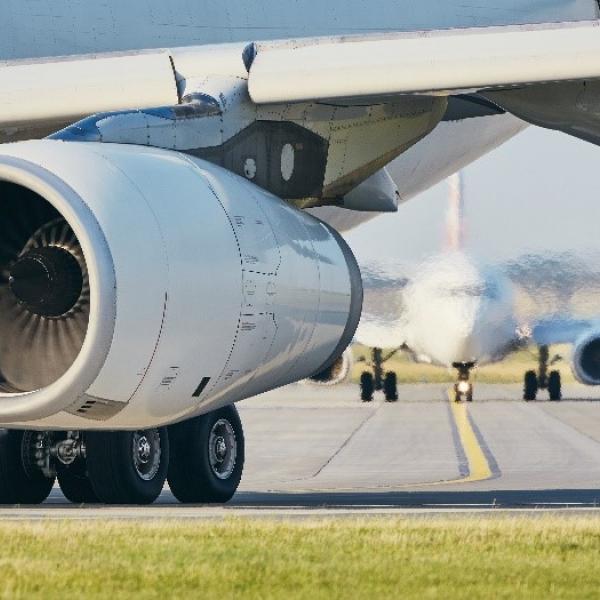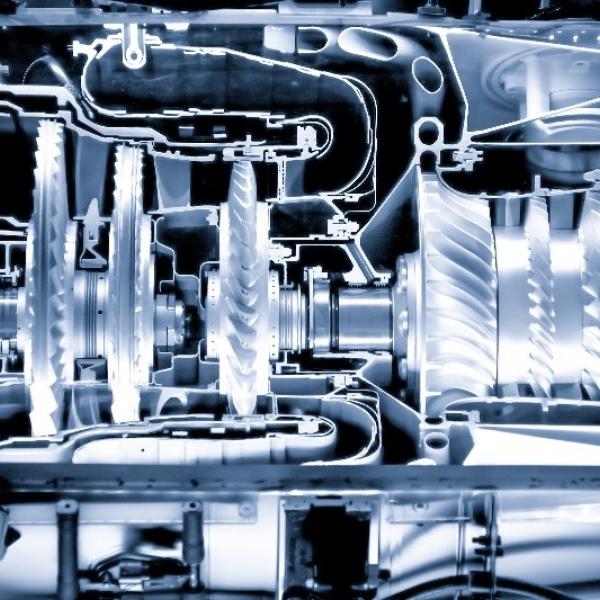The fundamentals for the study of aeronautical propulsion and aeroengines are provided in a number of courses offered within the Master's Degree in Mechanical Engineering - Energy and Aeronautics, some, such as Gasdynamics and Turbomachinery, offered in the first year, others, such as Combustion, Aeronautical Propulsion and Aeroengines, in the second year under the Aeronautics curriculum.
The lectures on Gasdynamics provide knowledge on the dynamics of compressible fluids, in particular transonic and supersonic, with specific reference to applications in aeronautical propulsion components. In the teaching of Turbomachinery, the criteria for designing and verifying the performance of turbomachinery for aeronautical propulsion are in depth studied. As part of the Combustion course, knowledge is provided for theoretical modelling and experimental analysis of combustion processes, the requirements of modern combustors for aeronautical applications and related design solutions are analysed. In the Aeronautical Propulsion module, the requirements of the aircraft in the different flight phases, the thrust generation modes, the layouts, the operating principles and the performance of the propulsion systems are investigated, and the characteristic components of these engines are in depth analysed. The tools for sizing the different components of an aircraft engine are provided in the Aeroengines course, starting from the required thrust requirements and the thermodynamic conditions of the reference cycle, deepening the individual components through detailed analysis of the internal fluid-dynamics, in order to identify the most significant geometric and fluid-dynamic parameters that determine its performance.
The theoretical lessons are flanked by applicative examples and numerical and experimental activities in the Laboratory of Aerodynamics and Turbomachinery - Internal Flows of Aeronautical Engines.


